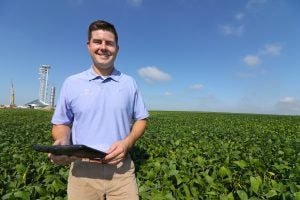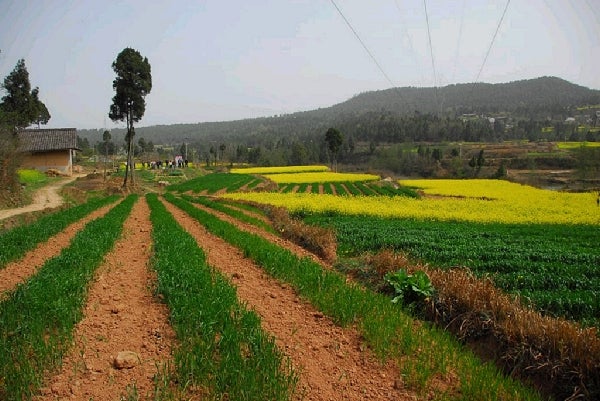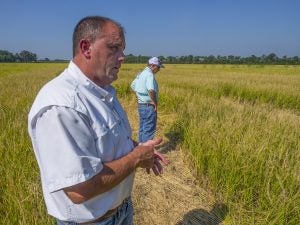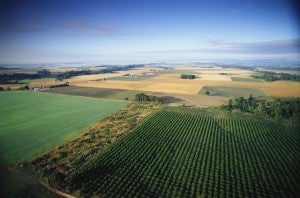With the U.S.-China trade war and flooding in the Midwest continuing to make headlines, national attention is focused on the increasing economic challenges facing farmers and their families.
After years of weak commodity prices, these financial stresses are adding up. In the Corn Belt, farm bankruptcies are at the highest level in over a decade.
Given this challenging economic outlook, some might assume that farmers will abandon conservation efforts and focus exclusively on their finances. However, many of the financial best practices cited by farmers and encouraged by farm financial advisers are the very same principles that can help farmers continue to improve environmental outcomes. Here are four examples. Read More















